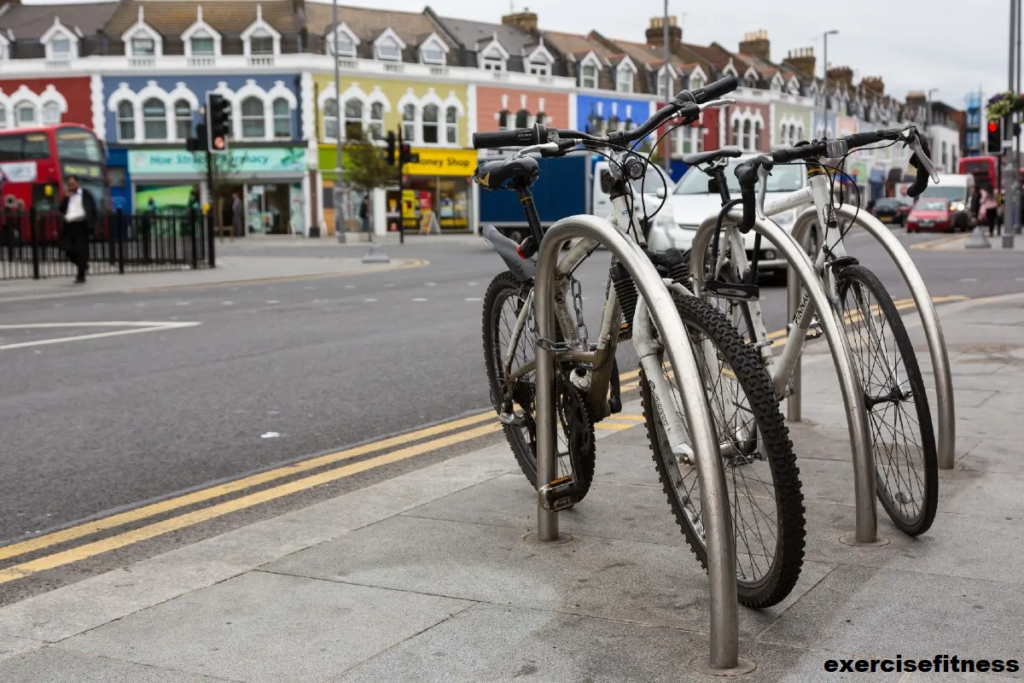Introduction:

Finding the perfect bicycle can seem overwhelming with so many choices. Whether you’re commuting, trail riding, or going on long trips, the right bike makes a big difference. This guide will walk you through the key factors and types of bikes to consider.
1. Define Your Purpose
First, think about how you’ll use your bike. Here are some common uses and the bikes that fit them:
- Commuting: Great for daily trips to work or school.
- Recreational Riding: Ideal for weekend fun rides.
- Mountain Biking: Best for trails and rough paths.
- Road Cycling: Built for speed and long rides on smooth roads.
- Touring: Perfect for long trips with luggage.
- Fitness Training: Focuses on cardio and strength.
- Hybrid Use: Offers versatility for different terrains.
2. Know the Types of Bicycles
Each bike type is made for a specific use. Here’s a quick look at the most common ones:
Road Bikes
- Features: Light frame, thin tires, drop handlebars.
- Best For: Speed and long rides on paved roads.
- Pros: Efficient, great for fitness and racing.
- Cons: Not comfy on rough paths.
Mountain Bikes
- Features: Strong frame, wide tires, suspension.
- Best For: Trails and tough terrains.
- Pros: Durable, controls well.
- Cons: Heavy, slow on paved roads.
Hybrid Bikes
- Features: Mix of road and mountain bike features.
- Best For: Good on urban and light off-road paths.
- Pros: Comfortable, versatile.
- Cons: Not for extreme terrains or speed.
Commuter/City Bikes
- Features: Upright handlebars, fenders, racks.
- Best For: Daily commuting and errands.
- Pros: Comfortable, practical.
- Cons: Not good off-road.
Touring Bikes
- Features: Durable frame, racks for luggage.
- Best For: Long trips with gear.
- Pros: Reliable, versatile.
- Cons: Heavier due to features.
Electric Bikes (E-Bikes)
- Features: Motor, rechargeable battery.
- Best For: Eases effort in commutes or tough rides.
- Pros: More range, easier to use.
- Cons: More expensive, heavier.
Gravel Bikes
- Features: Drop handlebars, wider tires for stability.
- Best For: Mixed surfaces, including gravel and dirt.
- Pros: Versatile and comfortable for long rides.
- Cons: Heavier than road bikes.
3. Determine the Right Size
Finding the right bike size is key for comfort and efficiency. Look at these factors:
- Frame Size: Based on your height and inseam length. Most brands have sizing charts.
- Reach: The distance from the saddle to the handlebars affects your riding posture.
- Standover Height: Make sure you can straddle the bike with your feet flat on the ground.
4. Assess Key Components
1. Frame Material
- Aluminum: Lightweight and affordable, common in most bikes.
- Carbon Fiber: Extremely light and strong, ideal for high-performance bikes.
- Steel: Durable and comfortable but heavier.
- Titanium: Combines lightweight and durability, often expensive.
2. Gearing System
- Single-Speed: Simple and low-maintenance, suitable for flat terrains.
- Multi-Gear: Offers versatility for varied terrains. Consider the number of gears based on your needs.
3. Brakes
- Rim Brakes: Lightweight and cost-effective, but less effective in wet conditions.
- Disc Brakes: Superior stopping power and reliability in all conditions. Available as mechanical or hydraulic.
4. Suspension
- No Suspension: Common in road and commuter bikes for smooth surfaces.
- Front Suspension: Found in many mountain and hybrid bikes, absorbs shocks from rough terrain.
- Full Suspension: Ideal for extreme off-road riding, offering comfort and control.
5. Budget Considerations
Your budget will greatly affect your choices. Here are general price ranges:
- Entry-Level Bikes: $300-$800, suitable for beginners.
- Mid-Range Bikes: $800-$2,000, offering better components and durability.
- High-End Bikes: $2,000 and above, designed for performance and specialized use.
Don’t forget to budget for essential accessories like a helmet, lights, lock, and maintenance tools.
6. Test Ride and Evaluate
Test ride different models before buying. Check comfort, handling, and fit. Look at:
- Comfort: Check saddle, handlebar position, and frame size.
- Control: Test braking, shifting, and overall maneuverability.
- Suitability: Ensure the bike meets your intended purpose and feels right.
7. Consider Maintenance and Durability
Choose a bike that’s easy to maintain and has readily available replacement parts. Regular maintenance, such as cleaning, lubrication, and tuning, will prolong the bike’s lifespan.
8. Explore Reputable Brands and Retailers
Research brands known for quality and reliability. Visit local bike shops for personalized advice and support, or explore online retailers with favorable reviews and return policies.
Conclusion:
Finding the perfect bicycle is about knowing what you need and doing your research. It’s important to think about why you want a bike, what type suits you, and what features are essential. Also, don’t forget to consider your budget.
Whether you’re riding to work, hitting the trails, or training for a race, the right bike matters. It makes every ride better and more fun. So, take your time, test different models, and choose wisely.
